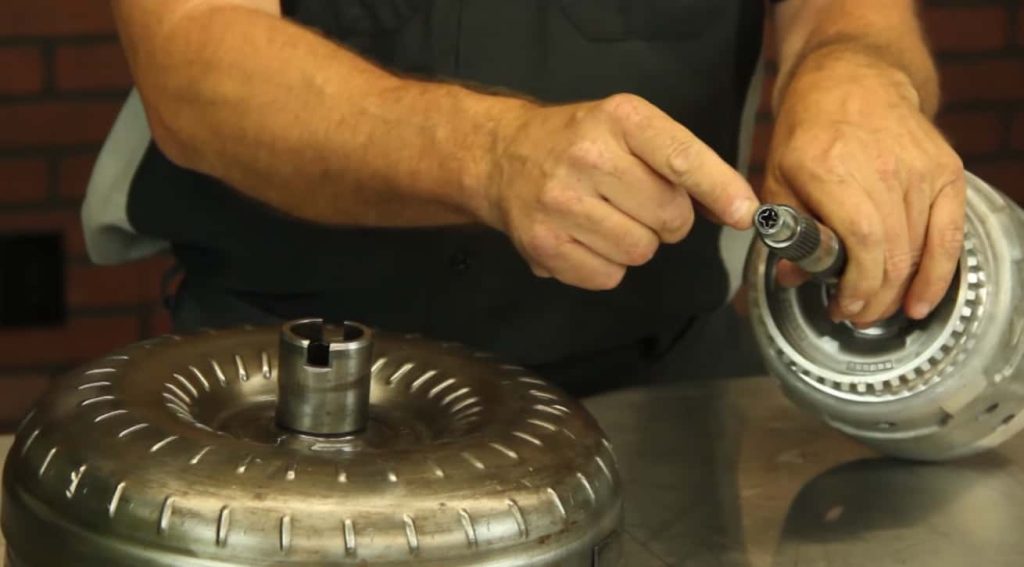You may be wondering about how to disable torque converter lock up the right way.
For the most part, torque converter is among the most commonly overlooked operation of many modern automatic transmission vehicles. Since we are now accustomed to computer-controlled transmissions, the converter tends to lock and then unlock – and we do not even notice this happening.
It was in the latter parts of the 1940s when the lock up converter first became available in the market. Yet, the steeper cost caused it to lose its popularity. But when energy crises occurred in the late 1970s, the lockup converter regained its fame and was even looked at as a more efficient means of operating your automatic transmission vehicle.
But if you are looking to know how you can disable the torque converter lock up, then it is best to keep reading to find out how it is done. By doing so, you no longer have to deal with the locking and unlocking that happens as you drive your vehicle.

How to Disable Torque Converter Lock Up
As we have mentioned earlier, a torque converter lockup takes the stress out of your fluid coupling of your torque converter. It also minimizes how much heat is produced when you drive your vehicle at a fast speed.
But prior to the introduction of the overdrive, converter lockup was not much of a concern. When your transmission spins more RPM than what your engine does, your torque converter’s fluid coupling has a difficult time with keeping up to the demands. Hence, more heat is dissipated, which is why the converter becomes locked – and it acts as the direct drive manual clutch system, which enables stress to be released from your fluid coupling.
You probably fail to notice it for the most part, simply because it is quite seamless. However, some older versions of four-speed automatics make it appear as though your transmission comes with a fifth gear or even an additional overdrive when you have your converter locked up because it reduces the engine speed by a lot of RPM.
Moreover, torque converter lockup becomes engaged through your solenoid connected in your transmission. When you have an energized solenoid, this redirects fluid flow through your input shaft, which then puts pressure against your clutch assembly. Hence, it engages with the torque converter’s front position.
It also takes your stator, turbine, and impeller’s fluid coupling out of the equation, which results with zero parasitic loss and less heat generated. This is why you have a 1:1 direct drive ratio from your engine to your transmission.
If you want to disable the torque converter lockup, you will need some kind of a cruise control type of a brake switch, which works well in disconnecting the 12-volt power to your lockup module each time you apply your brakes. Hence, the converter is pulled out of its lock up, and you are able to accelerate with greater ease and then go back to your preferred speed before the re-engagement of your lockup.
You should be able to install a lock up system even without sophisticated mechanical skills. You can easily access internal components by simply removing the filter and transmission pan. There is even no need to have any special tools or some advanced procedures.
But it is very important that you have a means of turning the lock up off and on. If you fail to include this portion of the transmission, you can expect overheating issues and poor performance.
Read More: Is It Legal To Tint Tail Lights In California? Everything You Should Know
Conclusion
Overall, a torque converter lockup is useful for adding better efficiency when you drive your vehicle. We hope this post has been helpful in determining how to disable torque converter lock up the simplest way possible.